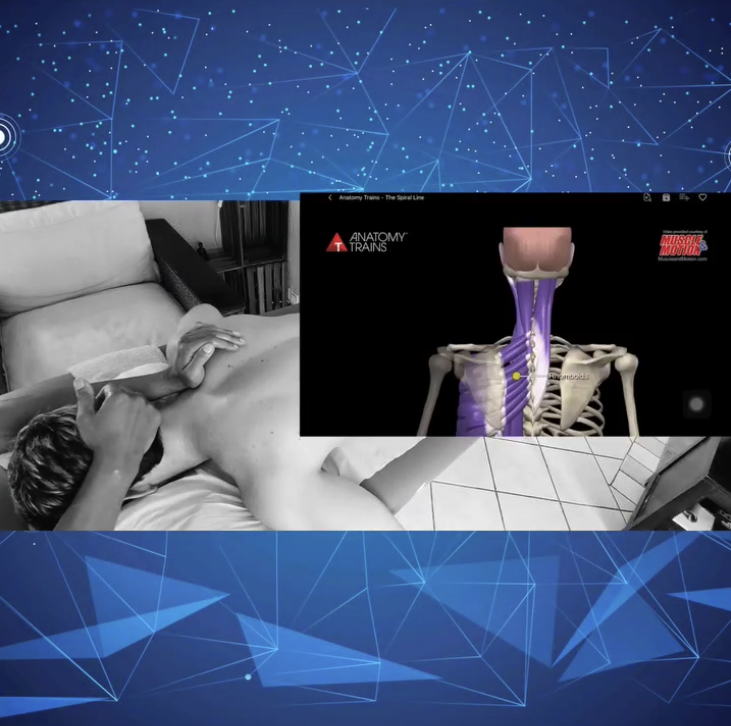The Role of Movement Analysis and Fascia Intelligence in Reducing Healthcare Expenses
Healthcare costs are a significant concern for many individuals and organizations. With the rising cost of medical treatments and the increasing prevalence of chronic diseases, it’s more important than ever to find ways to save on healthcare expenses. One innovative approach to reducing these costs is through the application of Peak Performance Wellness Sports Science, which incorporates movement analysis, fascia intelligence, massage therapy, and physical rehabilitation programs. This holistic approach to health and wellness not only promotes optimal physical performance but also significantly reduces healthcare costs and sick leave.
Movement analysis
Movement analysis is a key component of this cost-saving approach. It involves the detailed examination of how an individual moves, with the aim of identifying any abnormalities or inefficiencies that could lead to injury or illness. By identifying these issues early, it’s possible to implement corrective measures before they escalate into more serious, and costly, health problems. For instance, a person with poor posture may be at risk of developing chronic back pain, which could result in expensive medical treatments and time off work. However, through movement analysis, this risk can be identified early, and corrective exercises can be prescribed to improve posture and prevent the onset of back pain.
Fascia intelligence is another crucial aspect of this approach. Fascia is a type of connective tissue that surrounds and interpenetrates every muscle, bone, nerve, artery, and vein, as well as all of our internal organs. It plays a significant role in supporting and protecting these structures. However, when the fascia becomes tight or damaged, it can cause a range of health problems, from reduced mobility to chronic pain. By understanding and working with the fascia, it’s possible to prevent and treat these issues, thereby reducing the need for costly medical interventions.


Massage therapy is a well-known method for relieving stress and promoting relaxation. However, it also has a range of other health benefits that can contribute to reduced healthcare costs. For example, massage can improve circulation, boost the immune system, and promote faster healing of injured tissues. It can also help to prevent injuries by keeping muscles and connective tissues flexible and healthy. By incorporating regular massage therapy into a wellness program, it’s possible to achieve these benefits and reduce the likelihood of needing more expensive medical treatments.
Physical rehabilitation programs
Physical rehabilitation programs are another key component of this cost-saving approach. These programs are designed to help individuals recover from injuries or illnesses, improve their physical abilities, and prevent future health problems. They often involve a combination of exercises, stretches, and other therapeutic activities, which are tailored to the individual’s specific needs. By participating in a physical rehabilitation program, individuals can speed up their recovery, reduce their risk of re-injury, and avoid the need for costly ongoing medical care.
In conclusion, the integration of movement analysis, fascia intelligence, massage therapy, and physical rehabilitation programs into a Peak Performance Wellness Sports Science approach can result in significant healthcare cost savings. By focusing on prevention and early intervention, this approach can reduce the need for expensive medical treatments and minimize the amount of time individuals need to take off work due to illness or injury. Therefore, it’s a win-win situation for both individuals and organizations, promoting optimal health and wellbeing while also saving a bucket load on healthcare and sick leave.


